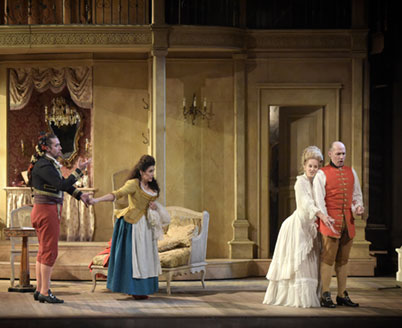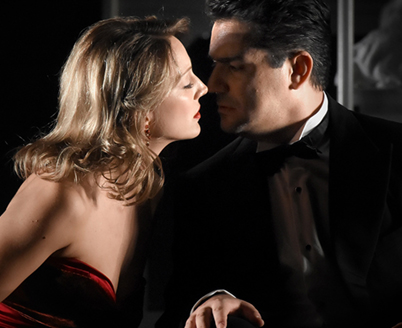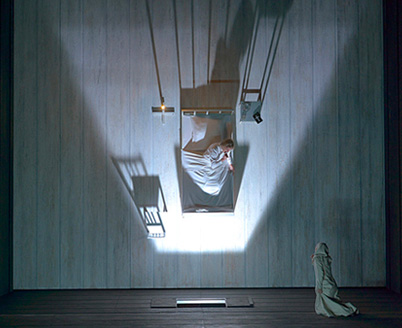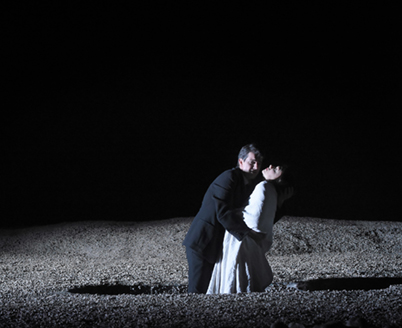Production Department
To give the productions designed by the theatre a longer lifespan, the Production Department has a policy of co-production with a number of opera houses in France and abroad, and offers a number of existing productions for hire.
Contacts
Baptiste Charroing Directeur de production et de diffusion
bcharroing@theatrechampselysees.fr
Valentine Pierre Chargée de production et de diffusion
vpierre@theatrechampselysees.fr














